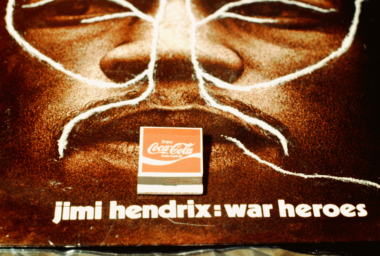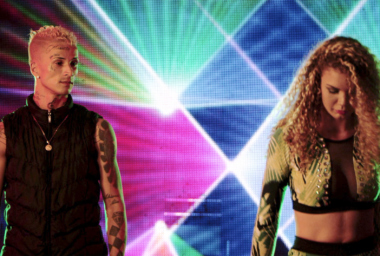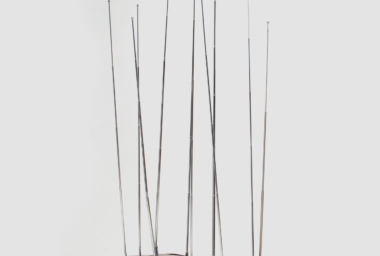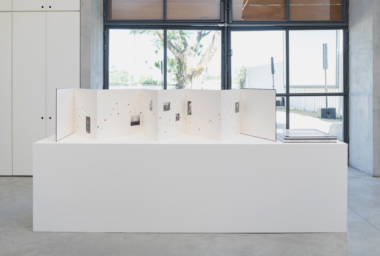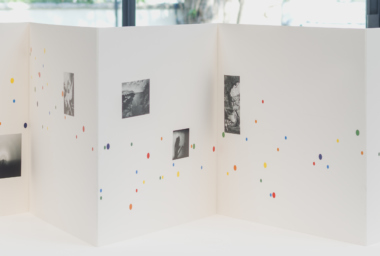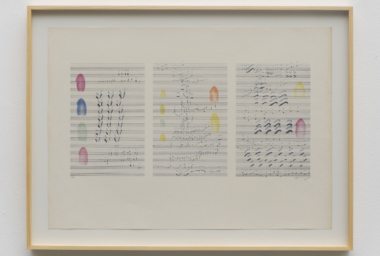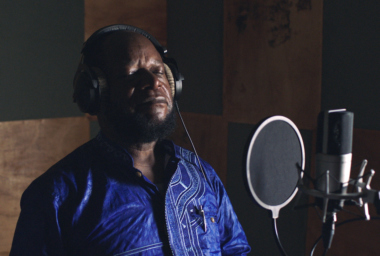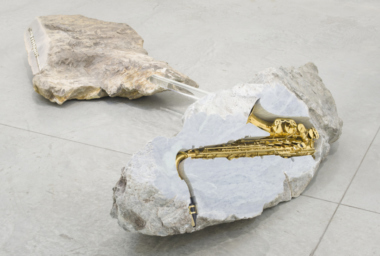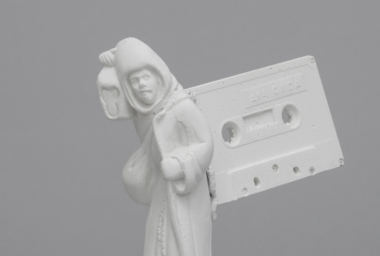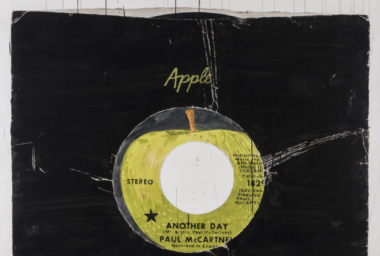
A Song for Rio (part 2)
Feb 18 – Apr 1, 2017
In collaboration with Douglas Fogle and Hanneke Skerath
Opening
Feb 18, 7 pm–10 pm
Carpintaria
Rua Jardim Botânico 971,
Rio de Janeiro
Directions
Download
Armando Andrade Tudela | Barrão | Vivian Caccuri | Los Carpinteros | Bruce Conner | Martin Creed | Chelpa Ferro | Paulo Garcez | Marine Hugonnier | Agnieszka Kurant | Arto Lindsay | Vincent Meessen | Dave Muller | Rivane Neuenschwander | Hélio Oiticica & Neville D'Almeida | Nuno Ramos | Bárbara Wagner & Benjamin de Burca | Kelley Walker
Fortes D’Aloia & Gabriel is pleased to present the second part of A Song for Rio, exhibition that inaugurated the activities at Carpintaria conceived in partnership with curators Douglas Fogle and Hanneke Skerath (Studio LBV, Los Angeles). In this second part, new artists are introduced to the group, as well as new works from artists who participated the first part of the exhibition.
Barrão elects the cassette tape as a sign for music in his series of sculptures. Made of white resin, these pieces bring affective images attached to this obsolete medium, while alluding to names such as William Basinski and Aki Onda, experimental artists who use the cassette in their productions. Nuno Ramos, in turn, pays tribute to Pixinguinha and Benedito Lacerda in Vou Vivendo (2017). In this sculpture, a saxophone and a transverse flute (instruments used in these two composer’s homonym song) are encrusted in two soapstone blocks and connected by a glass filled with cachaça (sugar cane rum). In Luz Negra (2002) – the artist´s video which will be screened during the exhibition special program – seven loudspeakers are buried in the ground to play Nelson Cavaquinho´s song Juízo Final, thus muffling the interpreter’s voice.
Album covers are also subject to reinterpretation in the exhibition. They are at the heart of the production of the American artist Dave Muller, who transforms iconic images of vinyls and CDs with his expressive and personal paintings. Among a series of works made from childhood memories of different people, Rivane Neuenschwander recreates six album covers by Chico Buarque painted on wood. Graphic structures and colors remain, but faces and words are omitted, in a diffuse echo of a memory from the 1970s – a fern, typical domestic plant of that time, comes along with the covers. In the series of photographs Hendrix War / Cosmococa Programa-in-Progress (1973/2003), Hélio Oiticica and Neville D’Almeida intervene on the iconic Hendrix´s face, creating mancoquilagens on the album cover – term conceived by the artists to name this sort of mask/make-up using cocaine trails.
The French artist Marine Hugonnier inserts colors and images into Arnold Schönberg´s musical score (in the work Accompaniment for a Cinematographic Scene – Film Score, 2016) and John Cage’s (in Sonic Mirage I, 2014), which act as visual comments inspired by music. In a similar movement, the carioca artist Paulo Garcez (1945-1989) creates tension between drawing and writing in the series of lithographs Variações Musicais (1985).
The British artist Martin Creed is interested in body movements in Work No 1701 (2013), a music video that captures people with mobility difficulties while crossing a street in New York. In Bruce Conner´s film Breakaway (1966 – also part of the special program), music and dance intertwine in a frantic rhythm. The idea of rhythm and movement is also present in Vivian Caccuri´s Chuva Suave (2016), in which she uses safety mesh screens, audio cables and musical chimes to reinterpret the soundscape of downtown Rio.
Estás vendo coisas (2016) by Bárbara Wagner and Benjamin de Búrca presents music as a political and cultural catalyst based on the video-clip industry of Pernambuco. From a psychological perspective, the film reveals real characters from Brega music (typical genre from northern Brazil) and its role building the identity of a whole generation of popular artists. A political approach is also the topic of Armando Andrade Tudela´s work. In Berimbau Consciência (2017), one can read the sentence ‘This Machine Kills Fascists’, an allusion to the message the American musician Woody Guthrie had on his guitar in 1941. The displacement conducted by Tudela – whether in the form of a historic transition between WW2 and the present time or in the transposition from a guitar to an instrument of African origin associated with the endurance of Brazilian slaves – provides impetus for the idea that music (and, in a broader sense, cultural identity itself) may shed a light on somber times.
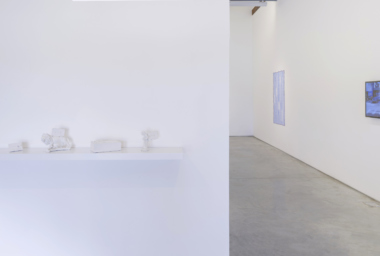
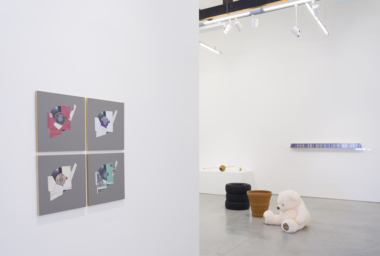
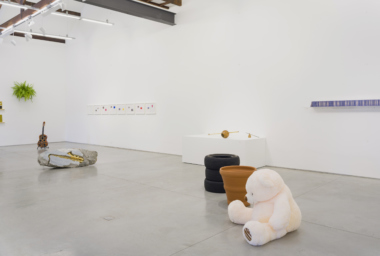
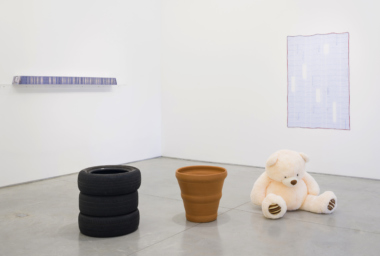
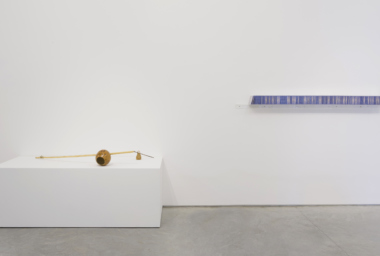
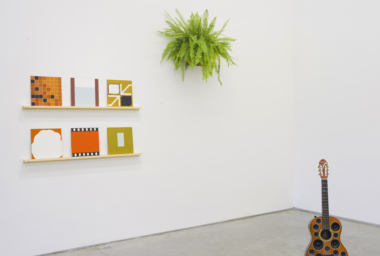
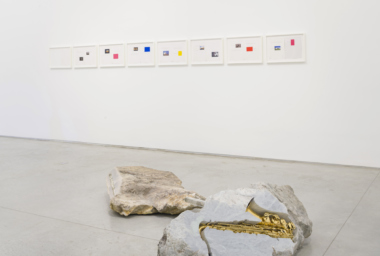

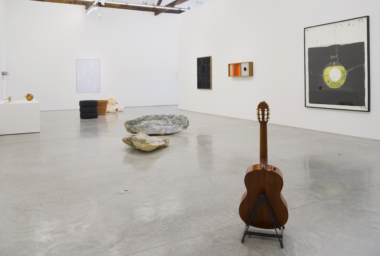
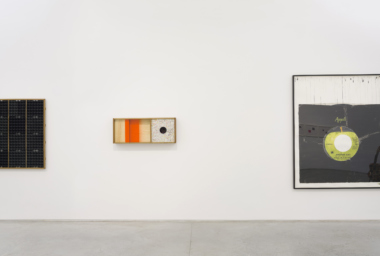
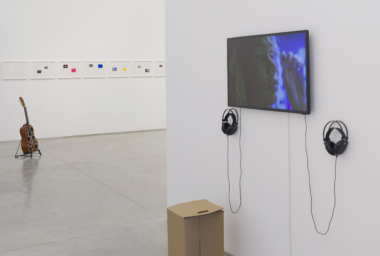

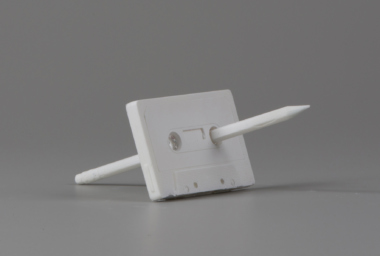
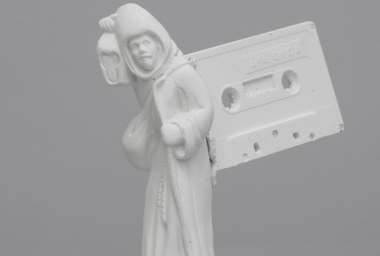
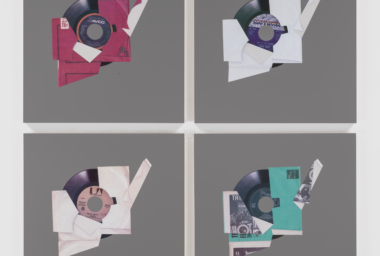



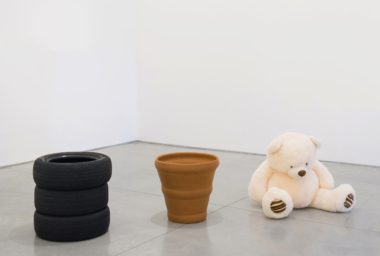
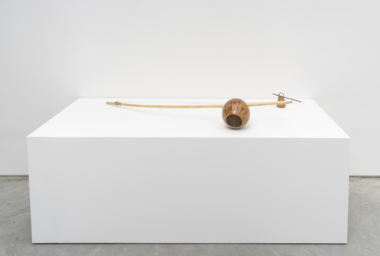
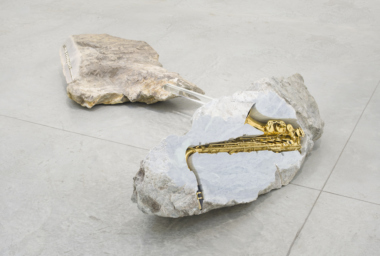
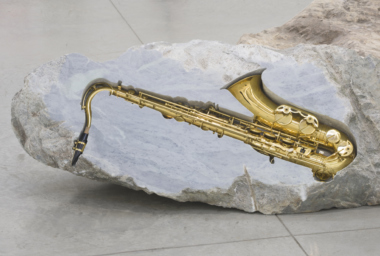
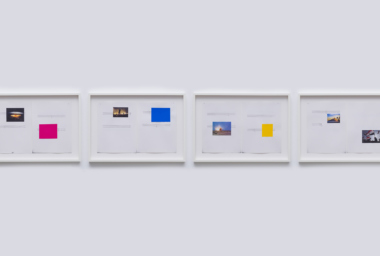
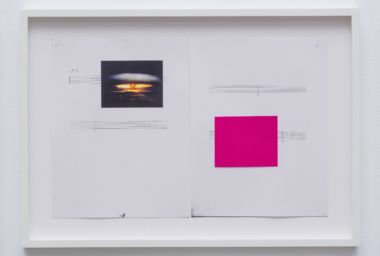

![rn10651_jnm [chico buarque]](https://fdag.com.br/app/uploads/2017/01/rn10651-jnm-chico-buarque-380x256.jpg)


